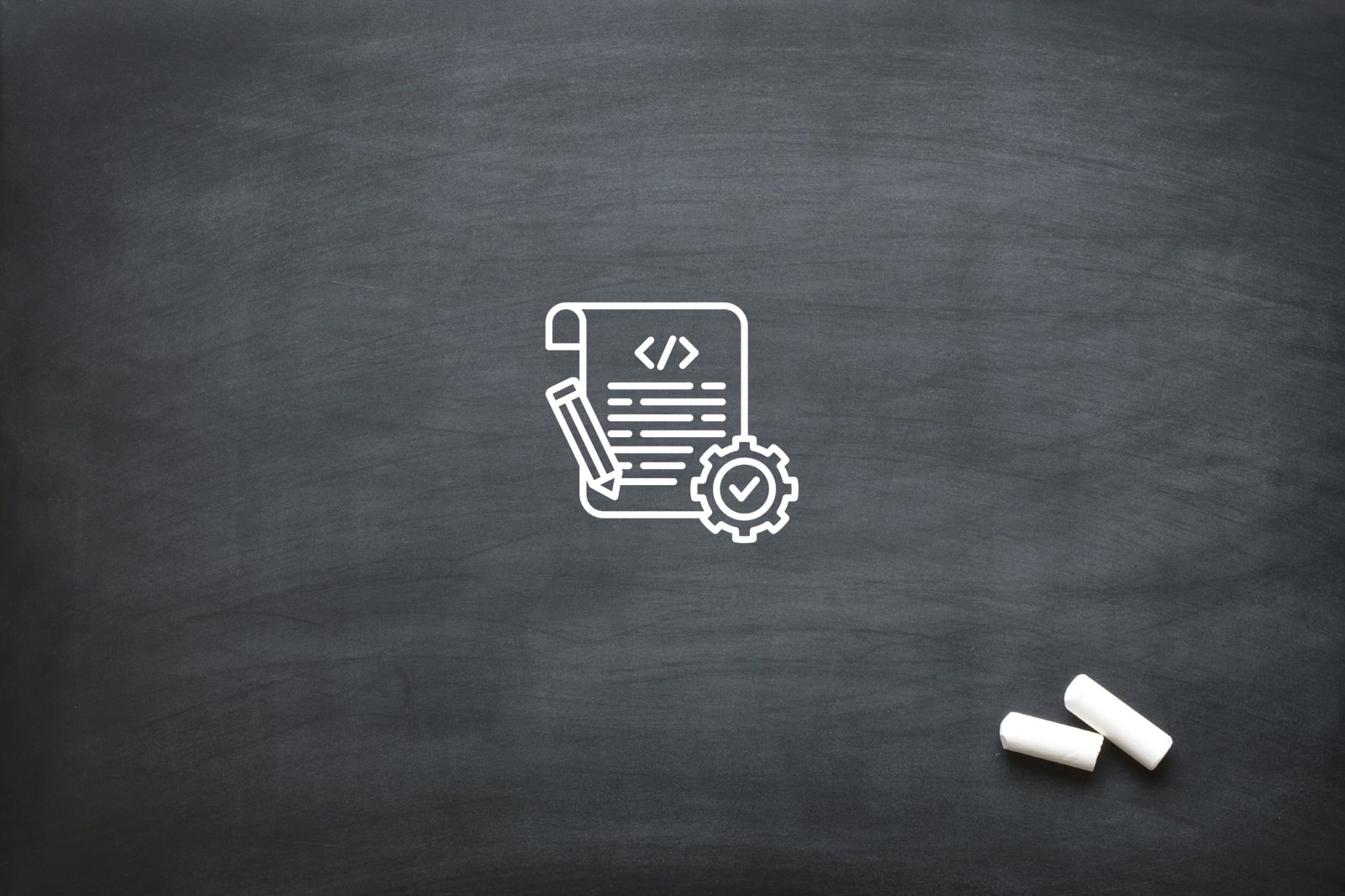
Frames vs. Tweening for 2D Animators
In the ever-evolving field of 2D animation, mastering the core techniques is essential for producing captivating visuals that resonate with audiences. Frame-by-frame animation and tweening remain the two primary approaches that 2D animators rely on to bring static images to life. Each method offers distinct creative possibilities and workflow efficiencies, influencing the style, quality, and production time of animations. For 2D animators, understanding the strengths and limitations of both frame-by-frame animation and tweening is key to choosing the right toolset for their projects.
Both techniques have unique impacts on the animation process. Frame-by-frame animation requires meticulous attention to detail, while tweening harnesses automation to streamline production. The choice between them can shape not only the animation’s visual appeal but also the creative workflow, resource allocation, and overall storytelling effectiveness.
Frame-by-Frame Animation: The Art of Drawing Every Frame
Frame-by-frame animation involves drawing each individual frame by hand or digitally, resulting in fluid, organic motion. This technique allows 2D animators to exert complete control over every subtle movement and expression, enabling them to create highly detailed and nuanced animations. Because each frame is crafted separately, this method is ideal for conveying complex actions, emotions, and artistic flourishes that demand precision and artistic freedom. The hand-crafted nature of frame-by-frame animation often imparts a warmth and personality that automated techniques cannot replicate.
However, this approach is resource-intensive and time-consuming. Creating a smooth animation requires many frames per second, and drawing each one individually means that projects can demand significant time, manpower, and skill. For 2D animators working on tight deadlines or large-scale productions, the frame-by-frame method may present challenges in terms of efficiency and scalability. Nonetheless, for projects prioritising expressiveness and detailed artistry, frame-by-frame remains unmatched in delivering a bespoke animation experience.
Tweening: Automating the In-Between Frames
Tweening, short for “in-betweening,” automates the process of generating intermediate frames between key poses defined by the animator. This technique significantly reduces the manual workload for 2D animators by allowing the software to fill in transitions, ensuring smooth motion with fewer individually drawn frames. Tweening excels in producing consistent, polished animations, particularly for simple movements like sliding objects, scaling, or rotation. It can speed up production timelines, allowing animators to focus their efforts on key moments rather than every single frame.
While tweening boosts efficiency, it comes with creative limitations. Because the intermediate frames are algorithmically generated, the resulting motion can sometimes feel mechanical or lack the subtle nuances present in frame-by-frame work. Additionally, tweening requires clean, well-structured vector artwork and careful planning of keyframes to avoid awkward or unnatural movement. Over-reliance on tweening can reduce the organic feel of animation, which may not suit projects demanding high expressiveness or intricate character performance.
Choosing the Right Technique: When to Use What
Deciding whether to use frame-by-frame animation or tweening depends largely on the animation’s complexity, desired aesthetic, and production constraints. 2D animators working on scenes that require fluid, expressive character movements, facial expressions, or detailed environmental interactions typically benefit from frame-by-frame animation. This method empowers artists to craft unique and emotionally engaging visuals that resonate with viewers. It is the preferred approach for animations that prioritise artistry and storytelling depth over speed.
Conversely, tweening is ideal for simpler, repetitive motions and background elements where efficiency is critical. When animators need to move objects smoothly across the screen, resize elements, or animate straightforward transitions, tweening provides an effective and time-saving solution. For projects with strict deadlines or budget constraints, tweening allows 2D animators to deliver quality animation while optimising workflow. Often, the best results come from recognising when to apply each technique appropriately to balance creativity and practicality.
Hybrid Approach: Combining Both Techniques
Many professional 2D animators integrate both frame-by-frame animation and tweening into their workflows to leverage the benefits of each. By using frame-by-frame animation for complex character movements, nuanced facial expressions, or intricate action sequences, animators maintain full artistic control where it matters most. Simultaneously, tweening can be employed for repetitive or less demanding tasks such as animating background elements, camera pans, or simple object transformations.
This hybrid approach optimises production time without sacrificing quality. It enables 2D animators to allocate their efforts efficiently, focusing on the areas that benefit most from manual artistry while automating the more straightforward parts of the animation. By combining these methods thoughtfully, animators can create engaging and visually compelling work that meets both creative ambitions and practical deadlines.
Creative Impact: Shaping the Animation’s Style and Audience Experience
The choice between frame-by-frame animation and tweening directly influences the aesthetic and emotional tone of the final product. Frame-by-frame animation often imparts a hand-crafted, organic quality that many viewers associate with traditional animation and artistic expression. This tactile feel can deepen audience connection and enhance storytelling through subtle visual cues and naturalistic motion.
Tweening tends to produce smoother, more uniform animations that can feel polished and modern but may lack some of the warmth and individuality of frame-by-frame work. For 2D animators, understanding how these stylistic differences affect viewer perception is crucial in selecting the most appropriate technique for the project’s goals. Ultimately, the balance between manual detail and automated efficiency shapes not only the animation’s look but also its ability to captivate and communicate effectively.
At Oliver Karstel Creative Agency, we understand the nuances and demands of 2D animation. Our experienced team of 2D animators expertly blends frame-by-frame artistry with advanced tweening techniques to deliver animations that are both visually stunning and efficiently produced. If you want your animation project to benefit from thoughtful craftsmanship combined with innovative workflows, get in touch with us today. We’re here to bring your creative vision to life with skill and passion.






